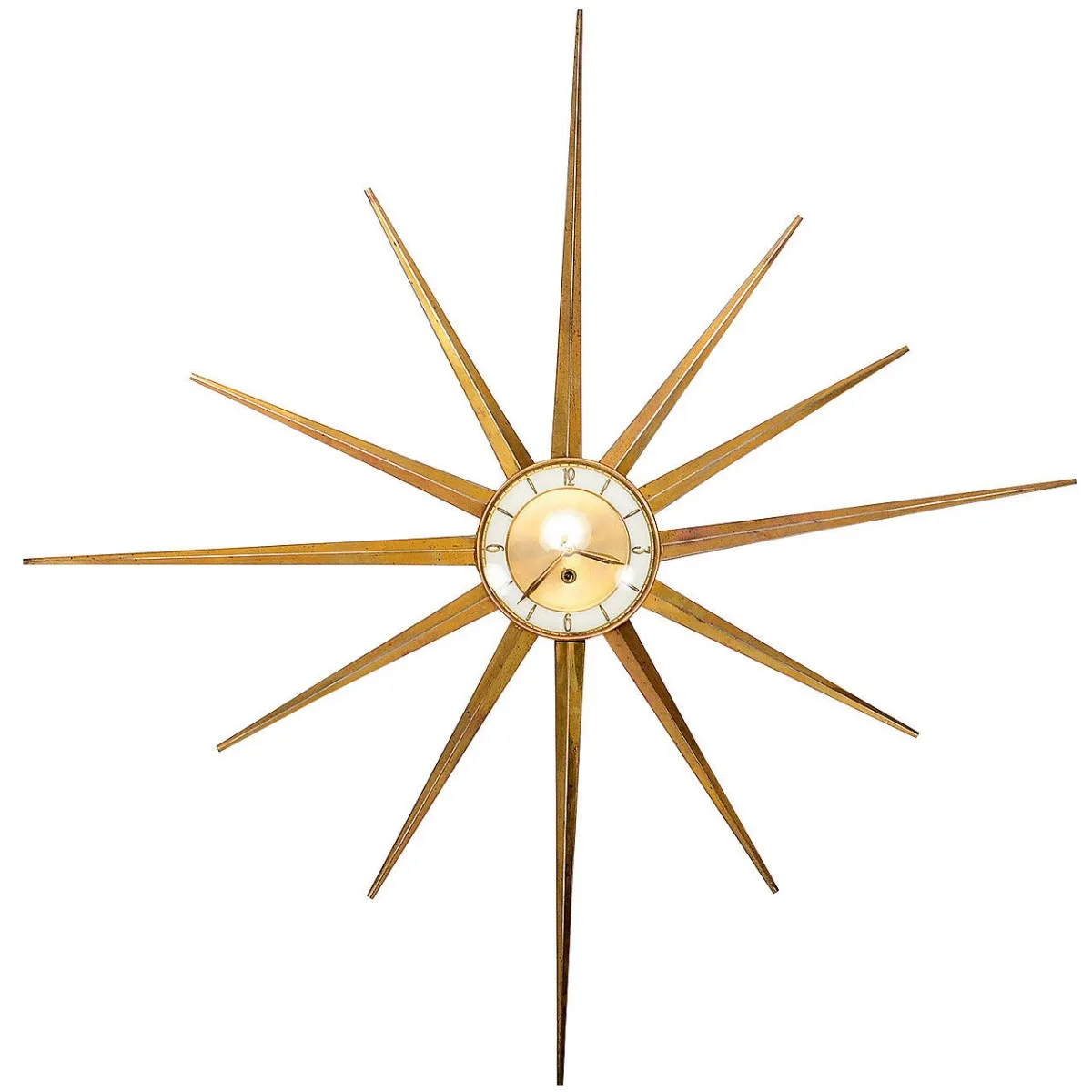H&A blogger Sarah-Jane Hosegood founded the weekly Twitter vintage networking event #vintagefindhour. In her blog for H&A she writes about her most recent vintage finds and fair experiences. This month, turning back the clocks turns her thoughts to favourite vintage timepieces and where to find them...
With the sun shining through quickly falling leaves and the clocks now an hour back for winter, my thoughts have naturally turned to the passing of time.
However humble or grand in appearance, the beauty of the clock is that they all fulfil the same mechanical purpose, one that is so central to the running of our lives. Measuring time is one of the oldest human inventions with multiple methods devised over the millennia from the sundial and hourglass and to the intriguing water clock, an ancient time measuring instrument using the outflow or inflow of water from a notched container.
The major advance came in 13th-century Europe when the first mechanical clocks were invented by Christian monks. Next came spring driven clocks in the 1500s, which allowed clocks to be smaller, and by the 1600s clock-making was a boom industry. The pendulum clock was invented in 1656 and the electric clock was patented in 1840. Spring forward into the 20th century and the advancement of electronics meant that clocks could tick away with no clockwork parts at all.
Values vary greatly by maker, age, type of clock (wall, mantle, long case and so on) materials used, quality of craftsmanship, rarity and condition. When buying vintage wall, mantle and alarm clocks without breaking the bank, the best names to look for are Metamec and Smiths. Both of these manufacturers produced the original art deco gilt sunburst wall clocks which are happily back in fashion. Expect to pay around £30 to £100 for this design classic in working order made by either maker.

With the rise in popularity of industrial-style interiors, vintage commercial clocks are also increasingly sought after, such as factory clocking-in machines. On a recent visit to an auction house I was astonished to find a large and rare collection of antique and vintage clocking-in machines, most in smart wooden casing with brass fittings though a few were metal clad. The auction was the product of a lifelong collector putting his timepieces on sale. It's surprising, given that you only really need one clock, how fantastic they all look together.
Outside of the auction room, another favourite place to hunt for clocks is fantastic London-based business clockprops.com who sell and hire out vintage and antique clocks. They have a stunning collection of over 500.
Whenever I browse the site I find I am drawn to art deco pieces. It is probably subconsciously inspired by a small yet beautifully formed Bakelite deco electric clock made that I was lucky enough to be given some years ago. It's simplicity and stark appearance is typical of my favourite types of design.
Streamlined, elegant and geometric are the words that shaped the art deco aesthetic. Designs from thsi era range from extravagant, ornate designs to simpler mass-market pieces. The French and Swiss led the way with mantle clocks manufactured using a range of materials such as marble, onyx, chrome, brass and glass. Many feature glamorous bronze figurines striking elegant poses surrounded these clocks, sometimes as a garniture set or a lone figure astride the clock's marble base.
Bakelite was another popular material that came in marbled browns, dark chocolates and even lime greens and Roman numerals commonly grace the faces.
A beautiful clock is something that I see as a crucial addition to any house. If I am going to be running late for the morning school run, I may as well be watching a striking deco face to soften the panic of rushing against the clock.
Tweet Sarah-Jane at @vintagehomeshop.
Find more information about antique and vintage clocks in Homes & Antiques October 2015 and in our online collectors' guide here.